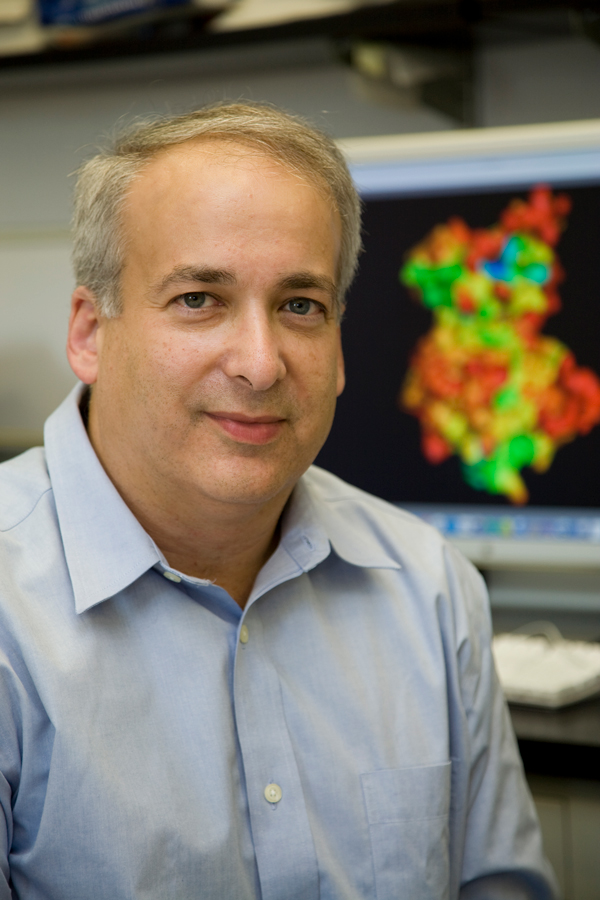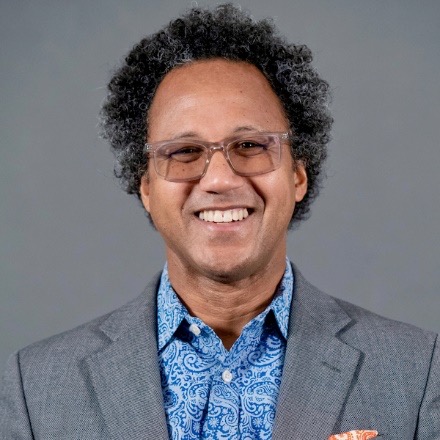From Childhood Memories to Cutting-Edge Science
By Office of the President | Sep 3, 2024
 Todd C. Sacktor, M.D.
Todd C. Sacktor, M.D.Whether learning to ride a bike or a first trip to the zoo, childhood memories often stick with us for a lifetime. But what makes these memories endure for decades?
Recent research conducted at SUNY Downstate and published in Science Advances Journal offers new insights into the biological mechanisms behind long-term memory. The research highlights the critical role of a molecule called KIBRA in solidifying and maintaining memory formation.
 André A. Fenton, Ph.D.
André A. Fenton, Ph.D.photo: NYU Arts & Science
Nearly two decades ago, Todd C. Sacktor, M.D., Distinguished Professor of Physiology & Pharmacology, Anesthesiology, and Neurology, and André A. Fenton, Ph.D., New York University’s Center for Neural Science, published groundbreaking research on the memory storage molecule PKMzeta in the journal, Science, which named their discovery among the top ten scientific breakthroughs of 2006.
In 2009, Drs. Sacktor and Fenton’s research was a front-page feature of the New York Times. Their work reshaped the understanding of how memories are stored and retrieved, solidifying Downstate’s longstanding reputation as a brain and memory research powerhouse.
Today, Drs. Sacktor and Fenton continue to advance memory research with their latest study on KIBRA. While their previous work focused solely on PKMzeta, in a significant step forward, their new research reveals the memory storage mechanism. It explains how KIBRA aids in maintaining memories over a lifetime despite the constant turnover of PKMzeta.
In a mouse model, the researchers discovered that KIBRA is a persistent synaptic tagging mechanism, marking specific synapses to keep memories intact. This discovery enhances our understanding of memory storage and could lead to new approaches to treat memory-related disorders.
Understanding conditions like schizophrenia, depression, Alzheimer’s, traumatic brain injury, and epilepsy could improve by exploring how these disorders interfere with the brain’s ability to manage and store memories.
To read more about Downstate’s KIBRA research in the August 28, 2024, issue of Scientific American, entitled Brain Scientists Finally Discover the Glue that Makes Memories Stick for a Lifetime.
In addition to Drs. Sacktor and Fenton, lead study author Panayiotis Tsokas, along with Changchi Hsieh, Rafael E. Flores-Obando, and Andrew Tcherepanov, all from the Department of Physiology and Pharmacology, contributed significantly to the research. Special thanks go to Professor Peter Bergold, Ph.D., for his support; A. Iván Hernández, Ph.D., Assistant Professor of Pathology, and James Cottrell, M.D., Distinguished Service Professor and Anesthesia Chair Emeritus, also played invaluable roles in the study.
This collaborative study involved researchers from New York University, Canada’s McGill University, Germany’s University Hospital of Münster, and the University of Texas Medical School at Houston. Additional recognition goes to James Devitt, managing director of Public Affairs at New York University, for his support.